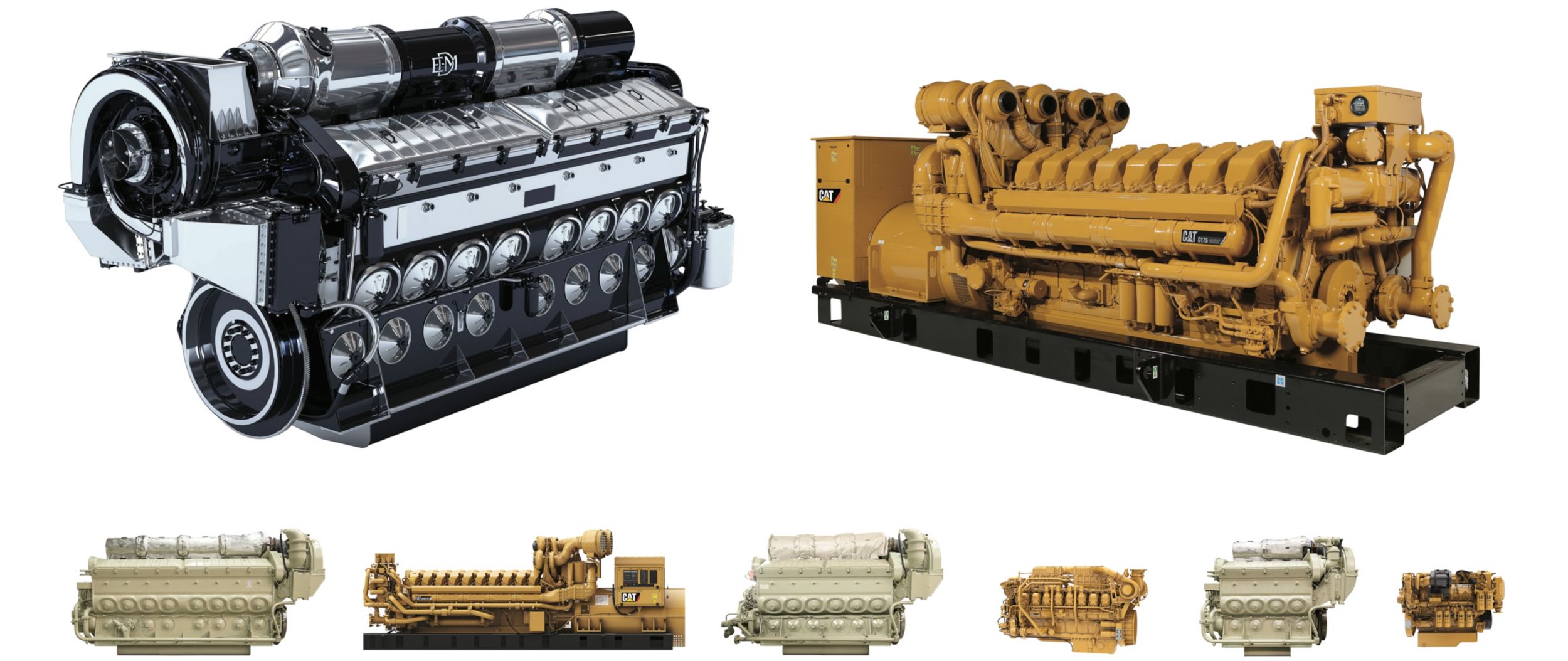Engines for Africa Available Currently! See Our Relied On Vehicle Components Shop
The Mission for Ultimate Driving Power: Exploring the Peak of Engine Performance and Technological Innovations in the Automotive Sector
In the realm of automobile design, the pursuit of optimum driving power has been a relentless mission that has unravelled via the development of engine layout and the assimilation of advanced technologies. From the precise craftsmanship of burning engines to the fast innovations in electric propulsion systems, the vehicle field stands at the cusp of a brand-new age characterized by unprecedented efficiency capacities. As engineers and researchers dig deeper right into the worlds of computational liquid dynamics and explore innovative fuel innovations, the horizon of opportunities broadens tremendously. Stay tuned as we unravel the detailed tapestry of technological innovations that are shaping the future of automobile power and performance.
Development of Engine Layout

In addition, the combination of turbocharging and turbo charging modern technologies has actually revolutionized engine style by boosting power without substantially raising engine dimension. These forced induction systems press the consumption air, enabling for even more gas to be combusted, thus creating higher power outcome from a smaller engine. This development has actually been particularly critical in improving the efficiency of smaller displacement engines while preserving fuel performance criteria.

Performance-Enhancing Fuel Technologies
The application of advanced gas technologies has significantly contributed to improving engine efficiency in modern vehicles. Biofuels, obtained from sustainable resources like algae, sugarcane, or corn, deal minimized discharges and improved engine performance. Furthermore, gas additives and detergents are being formulated to tidy engine components, enhance combustion, and lower friction, therefore increasing general vehicle performance.
Innovations in Electric Propulsion
Considerable strides in electrical propulsion modern technology have revolutionized the auto sector, leading the method for a new age of reliable and lasting transportation. Electric vehicles (EVs) are gaining popularity as a result of their environmental benefits and improvements in battery innovation, allowing longer driving varieties and shorter billing times. Producers are investing greatly in r & d to boost the efficiency of electrical propulsion systems, concentrating on boosting power output, boosting power effectiveness, official website and lowering general weight.
One noteworthy development in electrical propulsion is the advancement of sophisticated electric motors that deliver greater torque and power density, causing improved velocity and general driving performance. Additionally, regenerative braking systems have actually been fine-tuned to record and keep power during deceleration, more improving the effectiveness of EVs.
Moreover, the assimilation of clever innovations, such as expert system and predictive analytics, is maximizing the monitoring of electrical propulsion systems, guaranteeing optimal performance under different driving problems. These improvements in electric propulsion are improving the automotive landscape, driving the industry towards a much more lasting and amazed future.
Impact of Computational Liquid Characteristics
With improvements in electric propulsion pressing the borders of automotive modern technology, the check my blog assimilation of Computational Liquid Dynamics is playing a crucial function in optimizing aerodynamic efficiency and enhancing overall performance in car style. Computational Liquid Dynamics (CFD) involves making use of computer simulations to assess the circulation of air around a vehicle, making it possible for designers to forecast exactly how style adjustments will certainly affect the rules of aerodynamics without the demand for pricey physical prototypes. By accurately modeling air movement patterns, CFD enables the refinement of car forms to lower drag, boost cooling, and improve security.
CFD allows engineers to optimize air flow around components such as radiators, engine bays, and wheel wells, contributing to boosted performance and total driving experience. In final thought, the integration of Computational Liquid Dynamics represents a considerable step onward in the mission for utmost driving power and efficiency in the auto sector.
Future Fads in Engine Advancement
In the vibrant landscape of automotive design, cutting-edge developments are forming the future trajectory of engine innovation. The future of engine style is noted by a strong focus on sustainability, performance, and performance. Producers are significantly concentrating on creating engines that not only deliver high power outcomes yet also prioritize ecological responsibility by minimizing emissions and boosting gas efficiency.
One prominent fad in engine technology try here is the increase of electrification. Crossbreed and electric powertrains are getting traction as feasible options to traditional burning engines. These technologies supply the capacity for substantial reductions in carbon discharges and raised power efficiency, aligning with global efforts to fight climate adjustment.
Additionally, developments in products scientific research and production strategies are enabling the production of lighter and much more sturdy engine components. This shift towards lightweight products such as carbon fiber and light weight aluminum alloys adds to enhanced performance and fuel economic situation.
Conclusion
In conclusion, the quest of supreme driving power in the automotive sector remains to drive innovations in engine design, gas innovations, electrical propulsion, and computational fluid characteristics. The development of these innovations is forming the future of engine technology, leading the way for more efficient and powerful lorries (engines for africa). As the market remains to press the borders of what is possible, we can expect to see a lot more groundbreaking developments in the pursuit for peak performance
One of the crucial landmarks in engine design development is the transition from standard carbureted engines to contemporary fuel-injected systems. By precisely metering the gas shipment to each cyndrical tube, fuel-injected engines maximize burning, resulting in better efficiency and decreased ecological impact.
Additionally, the integration of turbocharging and turbo charging modern technologies has revolutionized engine style by improving power without dramatically increasing engine dimension (engines for africa).The application of sophisticated fuel technologies has substantially contributed to enhancing engine efficiency in modern vehicles. In addition, gas ingredients and detergents are being formulated to clean engine components, enhance burning, and reduce friction, thus enhancing total vehicle efficiency